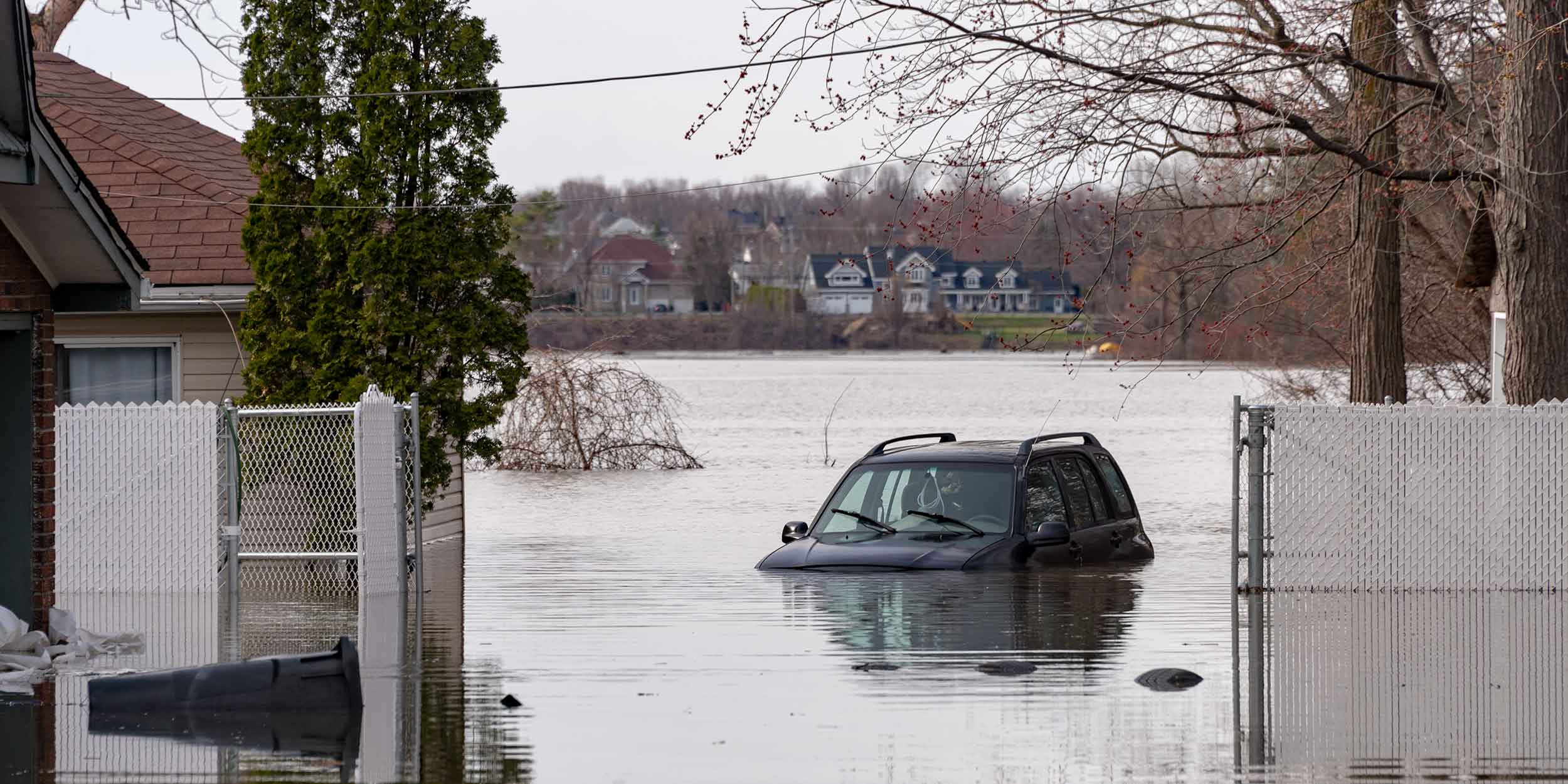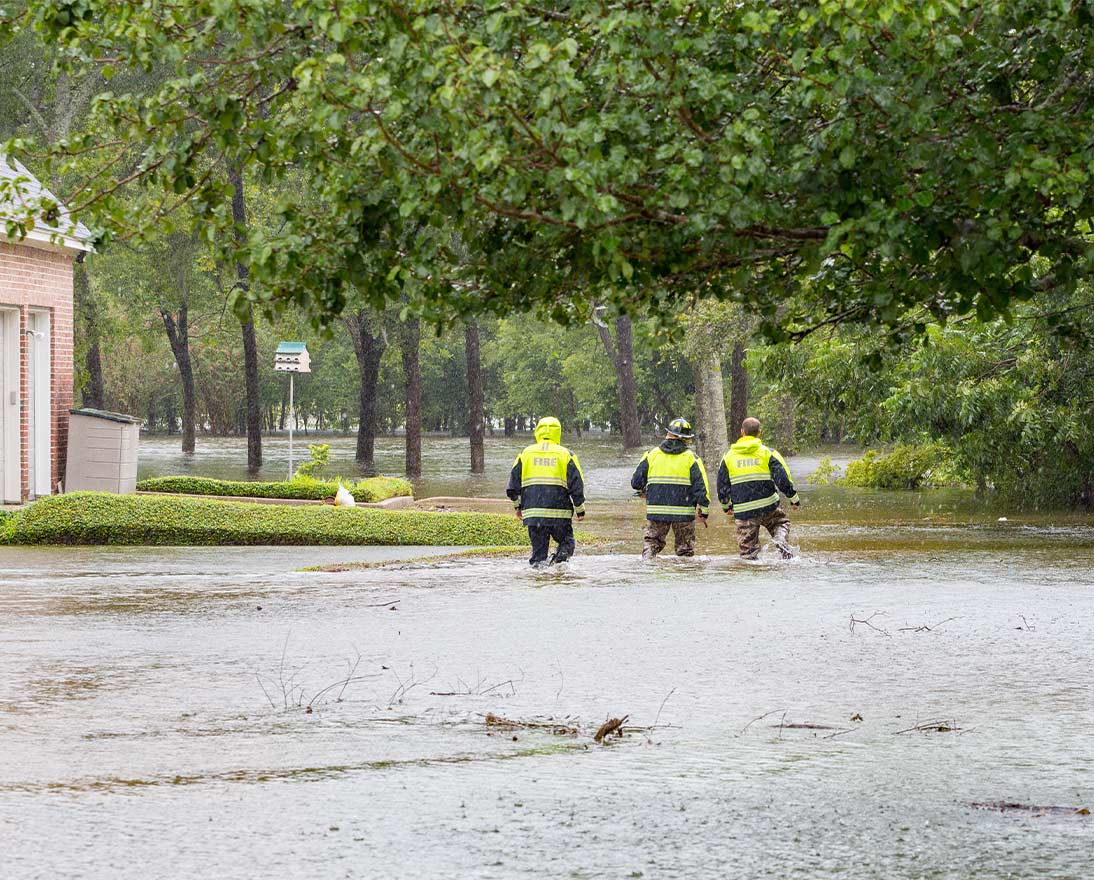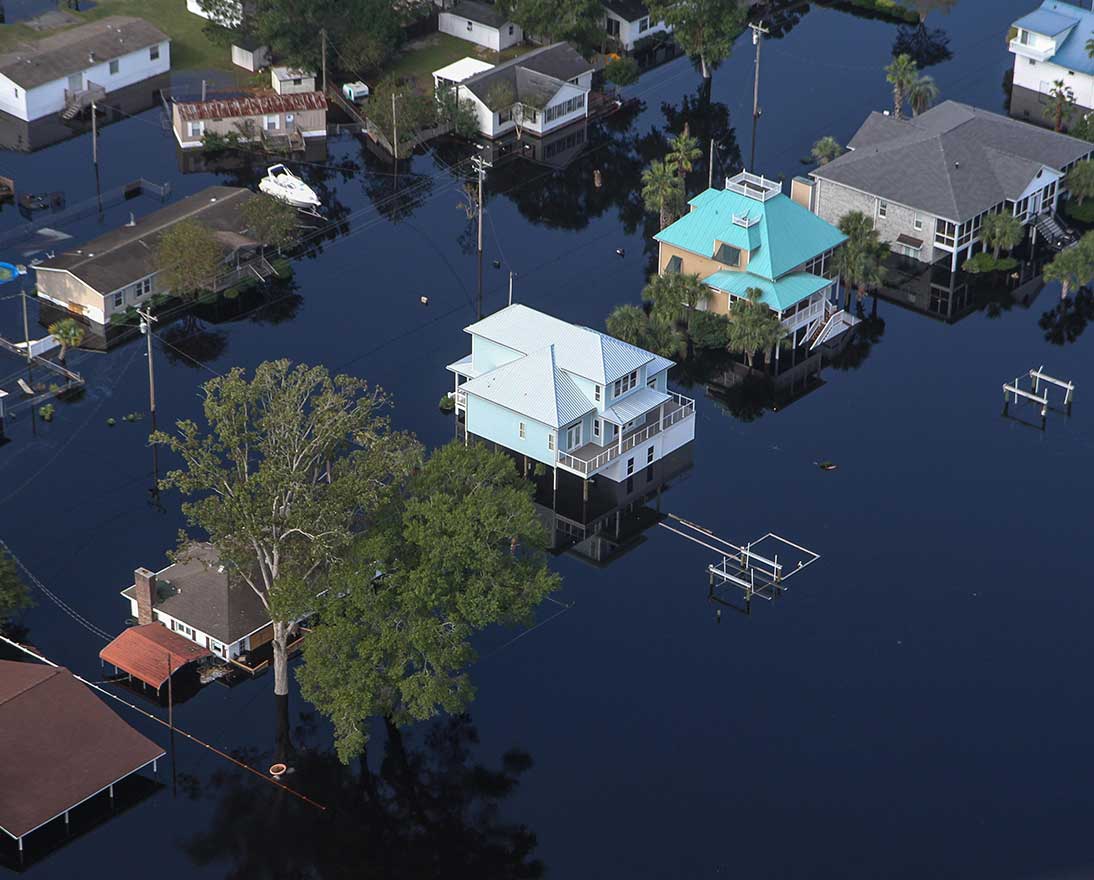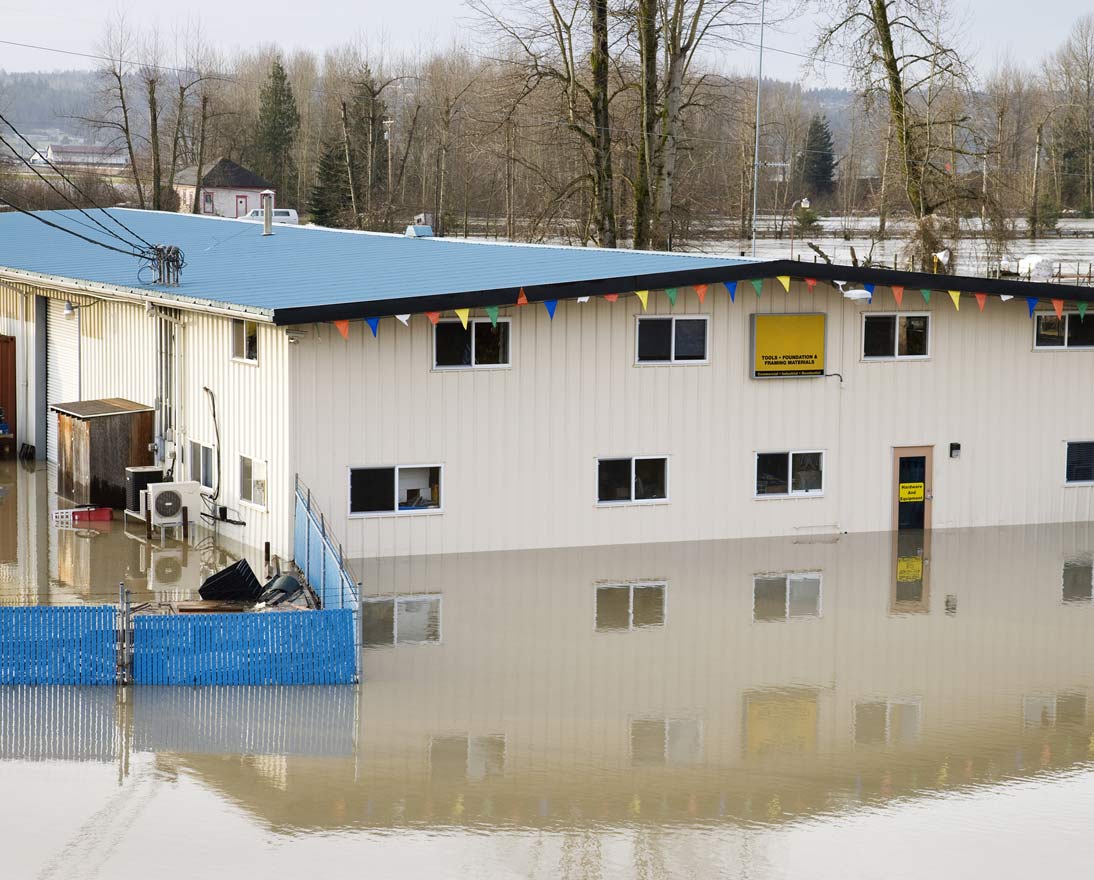The threat from above: pluvial flooding
Natural hazardsArticleJuly 22, 2020
Your property may not be located near the coast or close to a river, lake or stream, but it does not mean you are safe from flooding.
Seen by many as an invisible hazard, pluvial floods can often strike with little warning in areas with no recent record of flooding.
A common misconception about flood is that you must be located near a body of water to be at risk. But a pluvial flood can happen in any location, urban or rural; even in areas with no water bodies in the vicinity.
A pluvial flood occurs when an extreme rainfall event creates a flood independent of an overflowing water body. There are two common types of pluvial flooding:
- Surface water floods occur when an urban drainage system is overwhelmed and water flows out into streets and nearby structures. Surface water occurs gradually, which provides people time to move to safe locations, and the level of water is usually shallow (rarely more than 1 meter deep). It creates no immediate threat to lives but may cause significant economic damage.
- Flash floods are characterized by an intense, high velocity torrent of water triggered by torrential rain falling within a short amount of time within the vicinity or on nearby elevated terrain. They can also occur via sudden release of water from an upstream levee or a dam. Flash floods are very dangerous and destructive not only because of the force of the water, but also the hurtling debris that is often swept up in the flow.
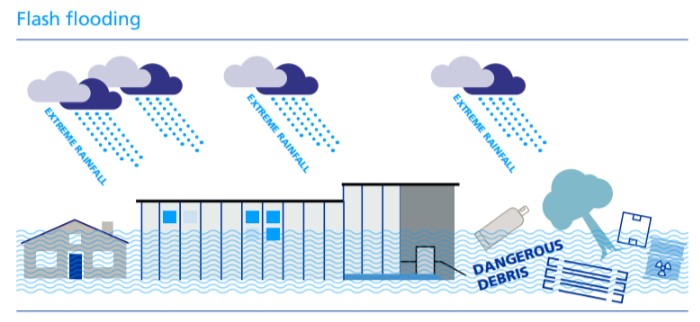
Increasing probability
The instances of pluvial flooding are rising due to a combination of climate change, urbanization and a lack of investment in sewer and drainage infrastructure.
In fact in the UK, pluvial flooding is regarded as a greater threat than both fluvial and coastal flooding combined. For instance, the Environment Agency estimates 3 million properties in England are susceptible to pluvial flooding - compared to 2.7 million properties that are at risk of fluvial or coastal flooding.1
Hard to predict
Predicting pluvial floods is difficult as there are no easily defined flood plains like there are for rivers and seas. Buildings and how well the sewers and associated infrastructure react to a sudden deluge can all significantly affect the final outcome of a pluvial flood event.
But typically, places most at risk are where you have run-off from surrounding areas into a central low-lying land.

1 ‘Surface water: The biggest flood risk of all’: Speech by Sir James Bevan KCMG, Chief Executive, Environment Agency, CIWEM Surface Water Management Conference, 17 October 2018
https://www.gov.uk/government/news/surface-water-the-biggest-flood-risk-of-all
